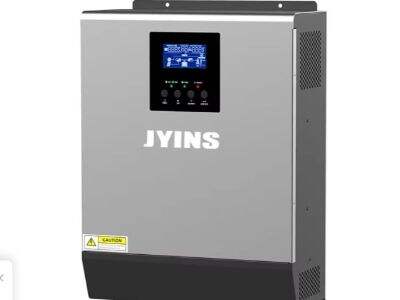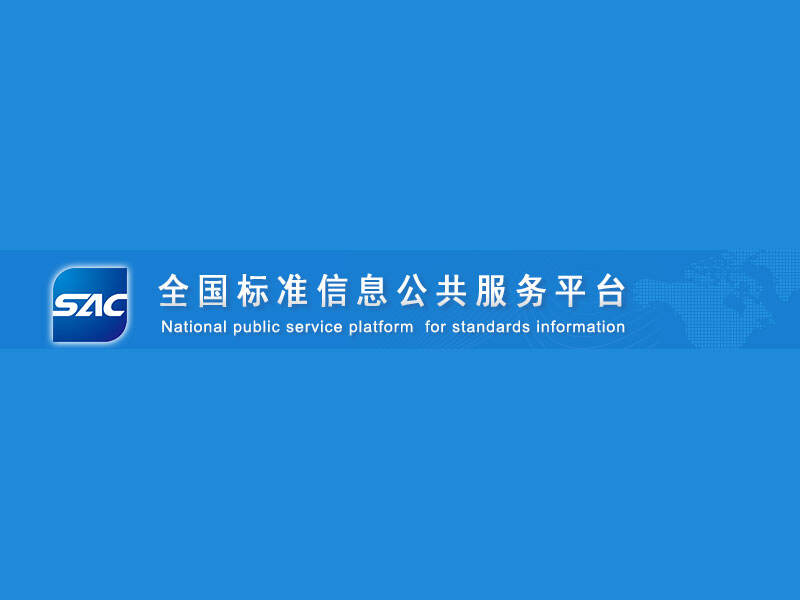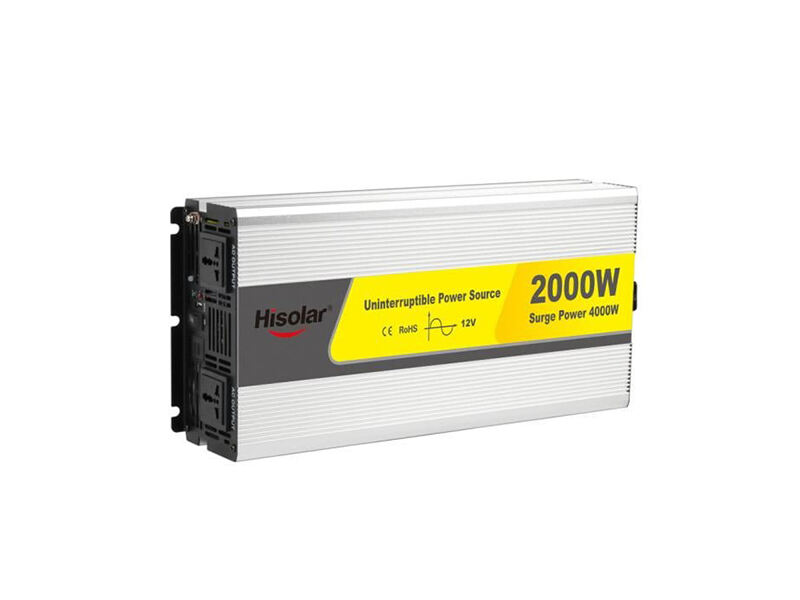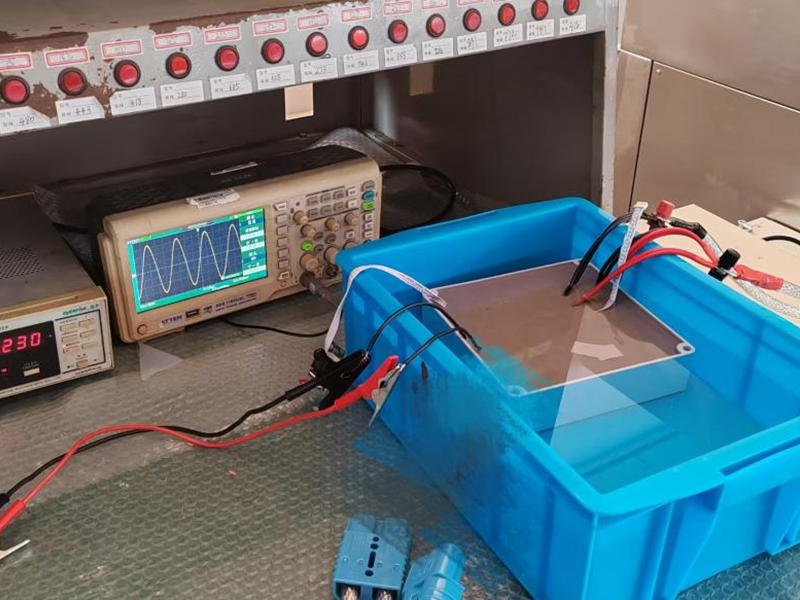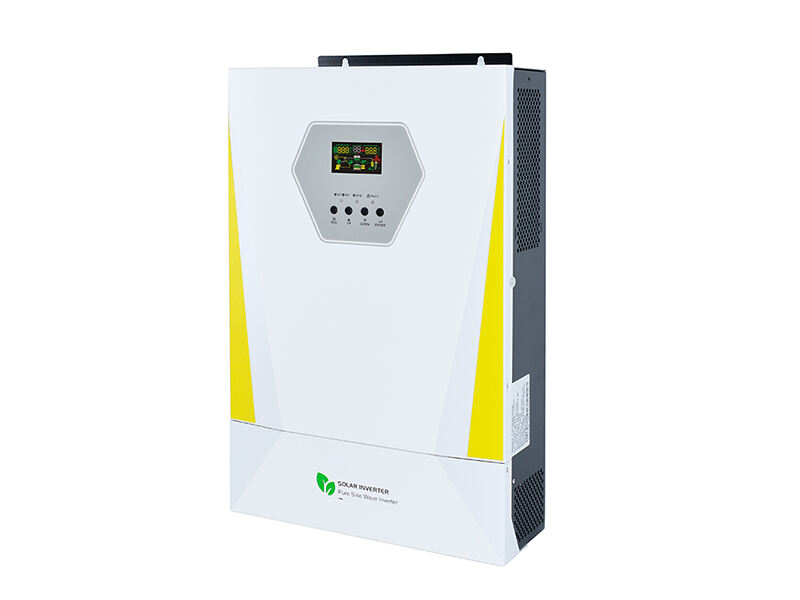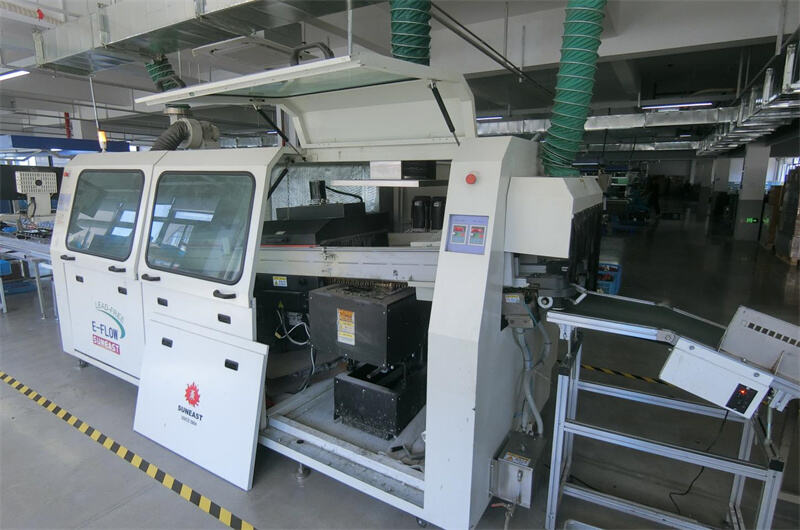One of the most critical decisions you need to make when installing a solar power system in your home is your choice of an inverter. Inverters play a critical role in any solar energy system and are often considered to be the brains of a project, whether it’s a 2-kW residential system or a 5-MW utility power plant. There are primarily two types of inverters available to you: string inverters and central inverters.
String vs. Central Inverters
String inverters are the “classic” type of inverter and are the dominant ones found in small commercial solar systems. They function by wiring many solar panels together in a series, in “strings” that produce a single electrical current to a single Power Inverter. Central inverters are instead employed for bigger solar power installations and are designed to handle higher voltages. They do this by linking all of the solar panels in one system to one central inverter.
Selecting the Right Inverter for your Solar Power System
When comparing a string inverter vs. central inverter for your solar energy system, there are a number of factors to consider. One significant consideration is how big your system is. A string Hybrid Solar Inverter is probably enough if you have a smaller system, less than 10 panels. If you’ve got a big system with over 10 panels, though, a central inverter could be the better bet.
There is also the efficiency of the inverters to take into account.
Because string inverters are less efficient than central inverters, they are more affected by shading and commonalities like railing that can affect the way individual panels perform. Central solar inverter are variable and are capable of increasing the total production of your solar power system by as much as 5%.
The Benefits of Central Inverters
The central inverter has the appeal of being more reliable than string inverters. Since all the panels are shaded together, and are connected to a single inverter, the risk of shading issues, or problems with individual panels, is minimised with central inverters. This can lead to more uniform and stable conversion of electricity from your solar panels system.
Another advantage of having centralized inverters is that they are relatively easier to be installed and maintained.
There is a lot less wiring involved because all of the panels in the system are connected to a single inverter which is the opposite of a string inverter. This is something that can potentially make the installation a faster, more streamlined process ultimately saving you time and money.
Which is More Efficient?
Efficiency-wise, there’s really no contest, central inverters are the winner. In the end, as already mentioned, central inverters can increase your solar power system’s energy production by 5% more than string inverter. “The net result is that you’re going to be able to produce more electricity and maybe possibly save more on your energy bill with a central inverter.
Choosing the Correct Inverter as an Influencing Factor
Selecting the correct inverter for your solar power system can be highly valuable in terms of performance and efficiency. If you choose a central inverter, you can increase your system’s performance up to 5% and get more stable electricity delivered to your home. With a proper inverter, you can take total advantage of energy efficiency and could possibly find yourself being less dependent on conventional grid power.
Table of Contents
- String vs. Central Inverters
- Selecting the Right Inverter for your Solar Power System
- There is also the efficiency of the inverters to take into account.
- The Benefits of Central Inverters
- Another advantage of having centralized inverters is that they are relatively easier to be installed and maintained.
- Which is More Efficient?
- Choosing the Correct Inverter as an Influencing Factor


